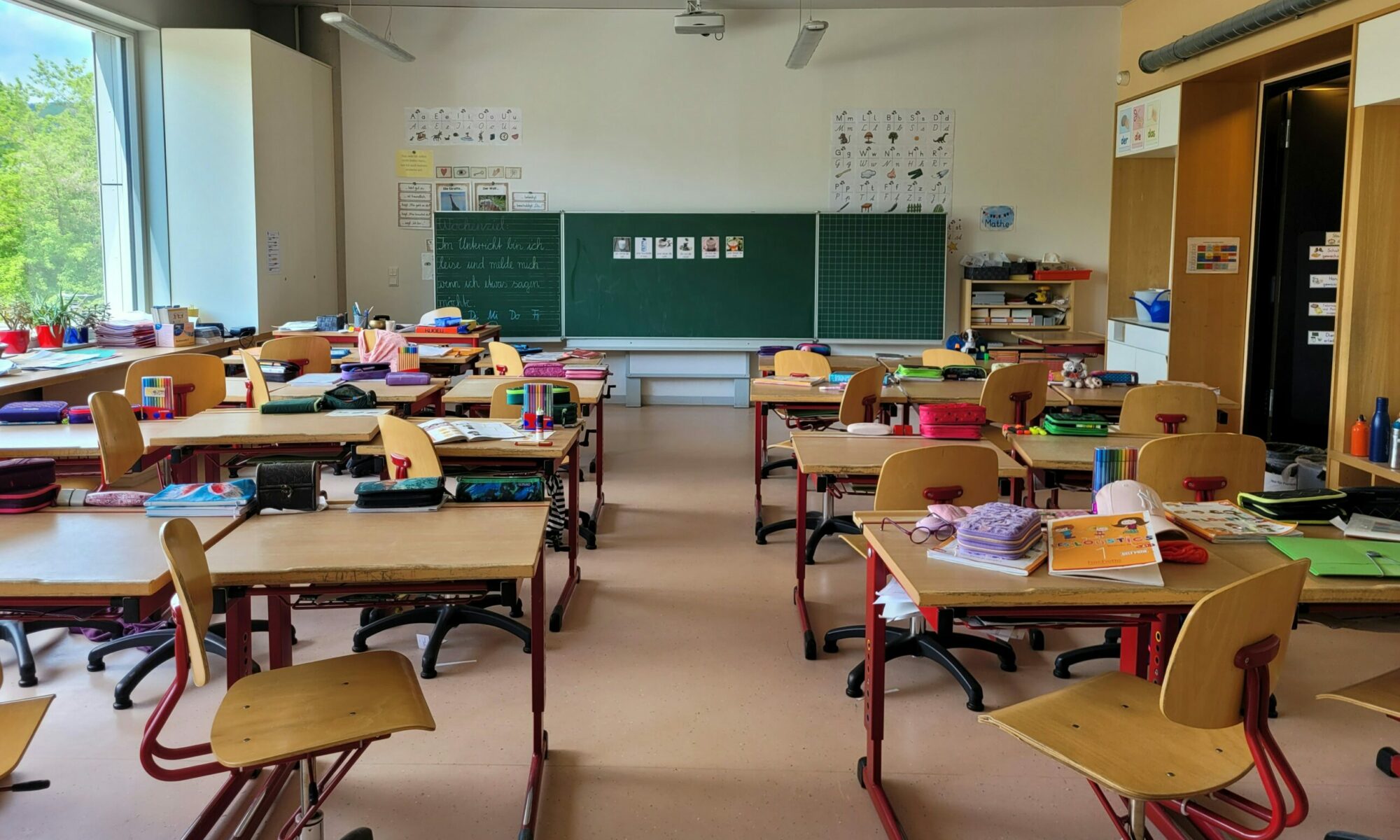Inclusion in my classroom looks like everyone being actively involved in the learning and getting the same opportunity to succeed. It is important to me that all students feel safe, welcomed, and valued the classroom community. I demonstrate inclusivity in my practice through my lesson planning, assessment strategies, Indigenization, and making personal connections with my students.
When lesson planning I prioritize Universal Design for Learning (UDL) so that I’m prepared for all students, instead of just adapting a lesson for the few students with Individualized Education Plans (IEP’s), having a strong UDL allows me to reach all students, even the ones I might not have initially identified. Additionally, I ensure my lessons have a strong hook in order to activate student’s schemas, this is important for getting students engaged and interested in the learning. Some of the ways I do this is by finding a connected video or story, posing an inquiry question, or introducing a mystery bag. I also maintain student engagement by providing students with choice, incorporating real-life connections, and using multiple means of representation such as text, video, hands-on learning, written tasks, and verbal discussions. Recognizing that reading and writing can be challenging for some students, I provide speech-to-text and scribing options, making these tools available to everyone rather than singling out specific individuals. One of my hallmarks for planning is to include Think-Pair-Shares into group discussions, this allows all students to share their thoughts even if they don’t feel comfortable sharing with the whole class.
I also promote inclusivity in my assessment practice by using multiple assessment strategies. Since there is no single assessment strategy that works for all students, I provide multiple ways for students to demonstrate their learning. I make sure that I am incorporating multiple formative assessment strategies within my teaching such as KWL charts, exit tickets, journal entries, observation, and check ins to gauge student understanding and adjust my teaching accordingly to meet student needs. Additionally, all of my summative assessments are criterion and expectation based, ensuring that students are evaluated on their own progress rather than in comparison to their peers. Indigenization is another key component of my practice. I make sure that my lessons integrate indigenous perspectives and diverse resources, as it is important for students to see themselves in the learning. This fosters a sense of belonging for all students. I also follow the Circle of Courage framework to prioritize student well-being and intentionally incorporate the First Peoples Principles of Learning (FPPL) into my lessons rather than adding them in as an afterthought.
Lastly, I prioritize building strong personal connections with my students. I do this by completely personal check ins with each student every morning. This allows me to see where the students are at for the day and provide any necessary support. This practice helps students feel valued, strengthens our classroom community, and allows me to tailor my instruction to their needs. By fostering these relationships, I create a classroom environment where students feel safe, supported, and motivated to learn. I am committed to being an inclusive educator though my lesson planning, assessment strategies, Indigenization efforts, and personal connections. It is important to me that all students feel a sense of belonging and have the opportunity to succeed and because of that I make it my goal every day to make students feel included.
